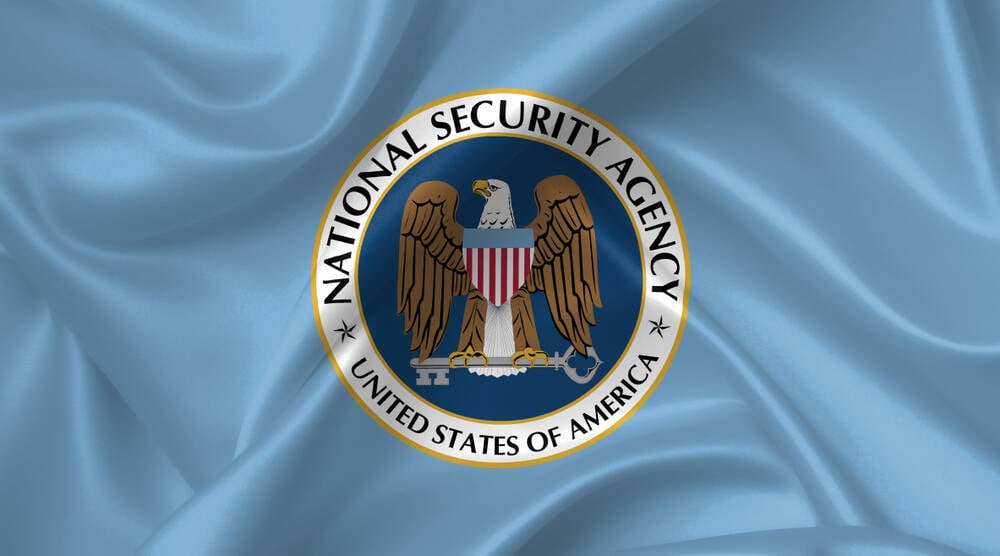Congress is currently debating bills that would ban TikTok in the United States. We are here as technologists to tell you that this is a terrible idea and the side effects would be intolerable. Details matter. There are several ways Congress might ban TikTok, each with different efficacies and side effects. In the end, all the effective ones would destroy the free Internet as we know it. There’s no doubt that TikTok and ByteDance, the company that owns it, are shady. They, like most large corporations in China, operate at the pleasure of the Chinese government. They collect extreme levels of information about users. But they’re not alone: Many apps you use do the same, including Facebook and Instagram, along with seemingly innocuous apps that have no need for the data. Your data is bought and sold by data brokers you’ve never heard of who have few scruples about where the data ends up. They have digital dossiers on most people in the United States. If we want to address the real problem, we need to enact serious privacy laws, not security theater, to stop our data from being collected, analyzed, and sold—by anyone. Such laws would protect us in the long term, and not just from the app of the week. They would also prevent data breaches and ransomware attacks from spilling our data out into the digital underworld, including hacker message boards and chat servers, hostile state actors, and outside hacker groups. And, most importantly, they would be compatible with our bedrock values of free speech and commerce, which Congress’s current strategies are not. At best, the TikTok ban considered by Congress would be ineffective; at worst, a ban would force us to either adopt China’s censorship technology or create our own equivalent. The simplest approach, advocated by some in Congress, would be to ban the TikTok app from the Apple and Google app stores. This would immediately stop new updates for current users and prevent new users from signing up. To be clear, this would not reach into phones and remove the app. Nor would it prevent Americans from installing TikTok on their phones; they would still be able to get it from sites outside of the United States. Android users have long been able to use alternative app repositories. Apple maintains a tighter control over what apps are allowed on its phones, so users would have to “jailbreak”—or manually remove restrictions from—their devices to install TikTok. Even if app access were no longer an option, TikTok would still be available more broadly. It is currently, and would still be, accessible from browsers, whether on a phone or a laptop. As long as the TikTok website is hosted on servers outside of the United States, the ban would not affect browser access. Alternatively, Congress might take a financial approach and ban US companies from doing business with ByteDance. Then-President Donald Trump tried this in 2020, but it was blocked by the courts and rescinded by President Joe Biden a year later. This would shut off access to TikTok in app stores and also cut ByteDance off from the resources it needs to run TikTok. US cloud-computing and content-distribution networks would no longer distribute TikTok videos, collect user data, or run analytics. US advertisers—and this is critical—could no longer fork over dollars to ByteDance in the hopes of getting a few seconds of a user’s attention. TikTok, for all practical purposes, would cease to be a business in the United States. But Americans would still be able to access TikTok through the loopholes discussed above. And they will: TikTok is one of the most popular apps ever made; about 70% of young people use it. There would be enormous demand for workarounds
Source: Banning TikTok

